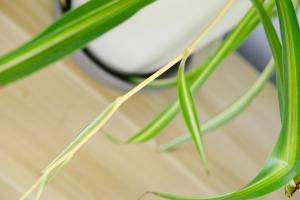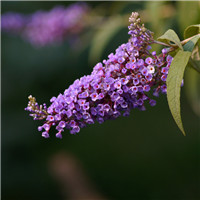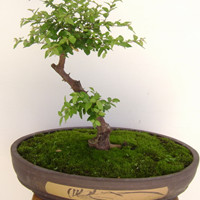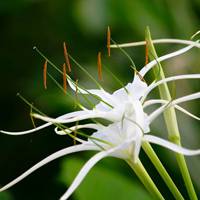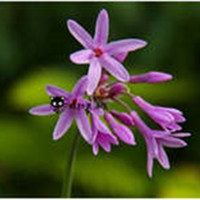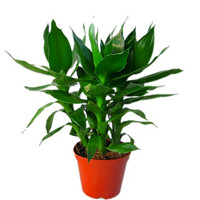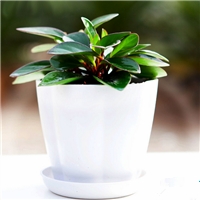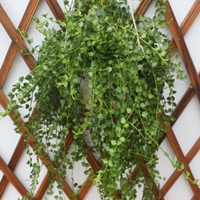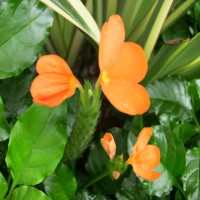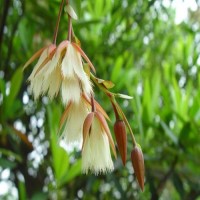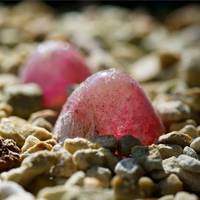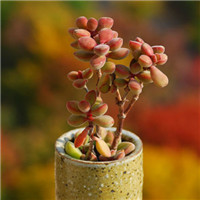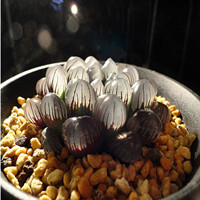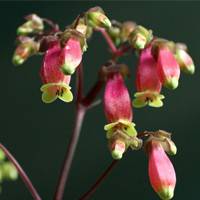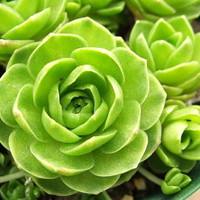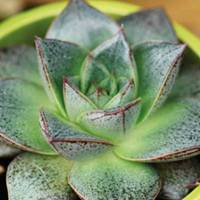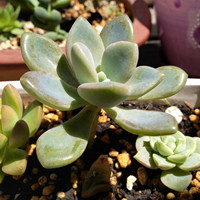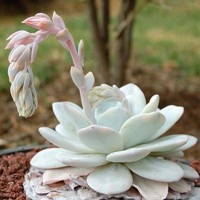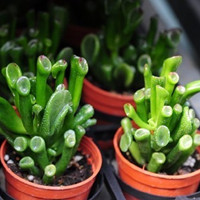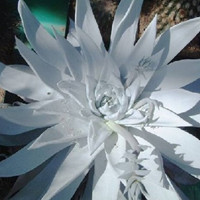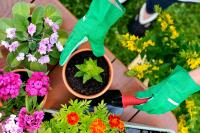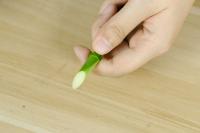Can You Root a Goldfish Plant in Water?
Goldfish plants are popular indoor plants that are known for their bright orange flowers that resemble the scales of a goldfish. These plants are native to tropical regions of Central and South America and can be grown as both hanging and potted plants. If you're thinking of expanding your collection of goldfish plants, you may be wondering if they can be rooted in water. In this article, we'll explore whether it's possible to root a goldfish plant in water and the steps you can take to do so.
The Basics of Plant Propagation
Before we get into the specifics of propagating goldfish plants in water, it's important to understand the basics of plant propagation. Propagation is the process of creating new plants from existing ones, and it can be done in several ways, including seed propagation, division, grafting, and stem or leaf cuttings.
When it comes to stem or leaf cuttings, the cutting is taken from the parent plant and placed in a rooting medium or water to encourage the growth of new roots. Once the roots have developed, the cutting can be transplanted into potting soil and grown into a new plant.
Rooting a Goldfish Plant in Water
The short answer to whether you can root a goldfish plant in water is yes, you can. However, it's important to note that not all plants will root successfully in water, and some may take longer than others to develop roots. When propagating a goldfish plant in water, there are a few steps you need to follow:
Step 1: Choose a Healthy Stem Cutting
The first step in propagating a goldfish plant in water is to choose a healthy stem cutting from the parent plant. Look for a stem that is at least four inches long and has several leaves attached. Avoid stems that are wilted, yellowing, or showing signs of damage.
Step 2: Prepare the Stem Cutting
Once you've chosen a healthy stem cutting, use a clean, sharp pair of scissors or pruning shears to make a clean cut just below a node. Nodes are the points where leaves join the stem, and they are where the new roots will develop. Remove the leaves from the lower half of the stem, leaving only two or three leaves at the top to allow the cutting to continue to photosynthesize and produce energy.
Step 3: Place the Cutting in Water
Fill a small jar or vase with clean, room-temperature water and place the stem cutting in the water, making sure that the node where the leaves were removed is submerged. Place the jar in a bright, indirect light to encourage root growth. Change the water every few days to keep it fresh and oxygenated.
Step 4: Wait for Root Development
Root development can take anywhere from a few days to several weeks, depending on the health of the cutting and environmental conditions. Check the cutting regularly to see if roots have formed, and gently tug on the stem to see if it has rooted. Once the cutting has developed a healthy network of roots, it's ready to be transplanted into potting soil.
Tips for Successful Rooting in Water
If you're looking to propagate goldfish plants or any other type of plant in water, there are a few tips you can follow to increase your chances of success:
Choose healthy, disease-free parent plants
Use clean tools and containers to avoid introducing pathogens
Change the water every few days to keep it fresh and oxygenated
Place the cutting in a bright, indirect light
Be patient and give the cutting time to develop roots
The Bottom Line
Goldfish plants can be rooted in water, but success rates may vary depending on the health of the cutting and environmental conditions. By following the steps and tips outlined in this article, you can increase your chances of successfully propagating a goldfish plant in water and expanding your indoor plant collection.

 how many times do yo...
how many times do yo...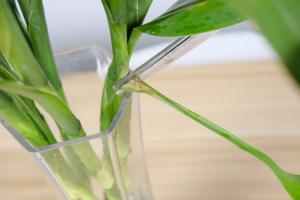 how many planted tre...
how many planted tre...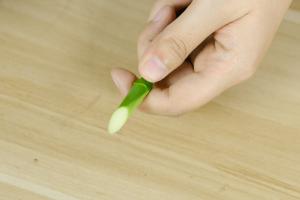 how many pine trees ...
how many pine trees ... how many pecan trees...
how many pecan trees... how many plants comp...
how many plants comp...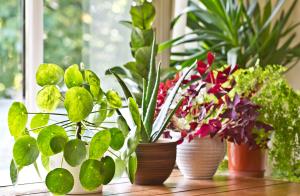 how many plants can ...
how many plants can ...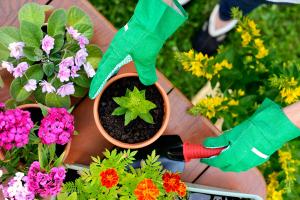 how many plants and ...
how many plants and ...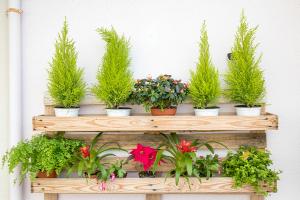 how many pepper plan...
how many pepper plan...
